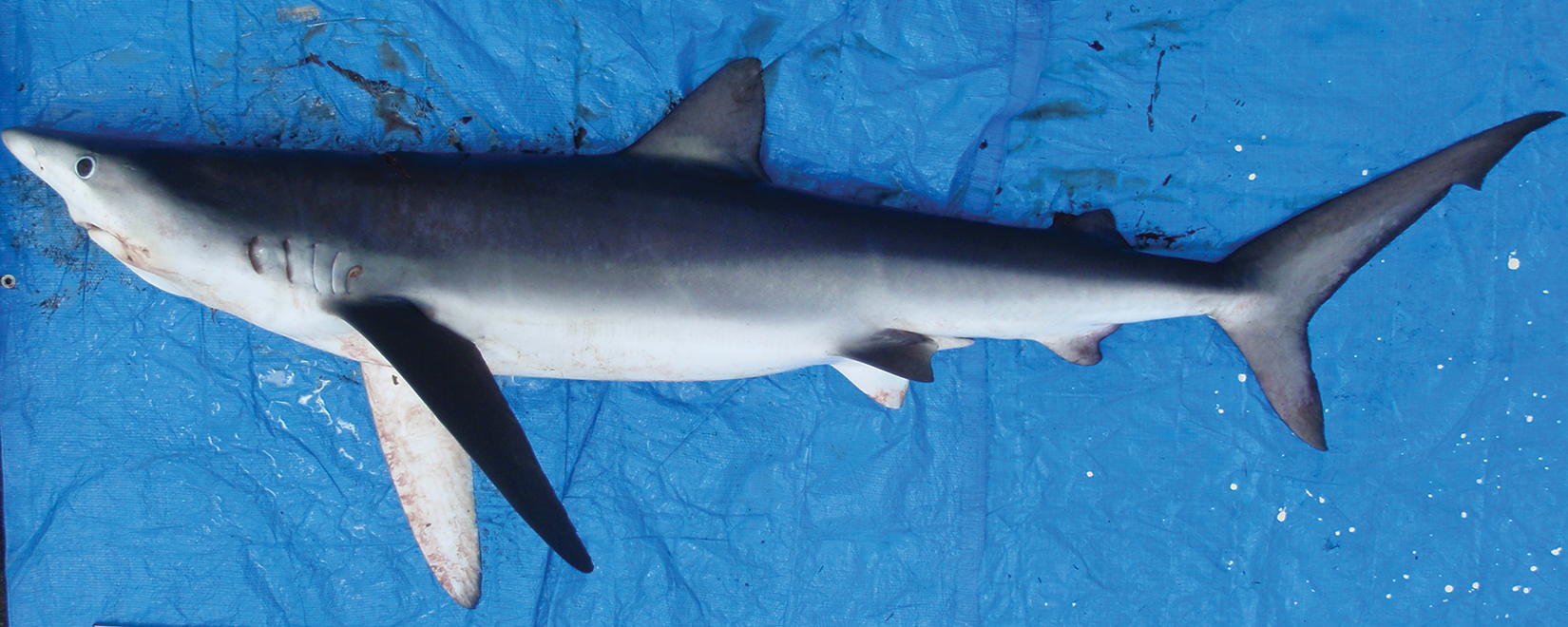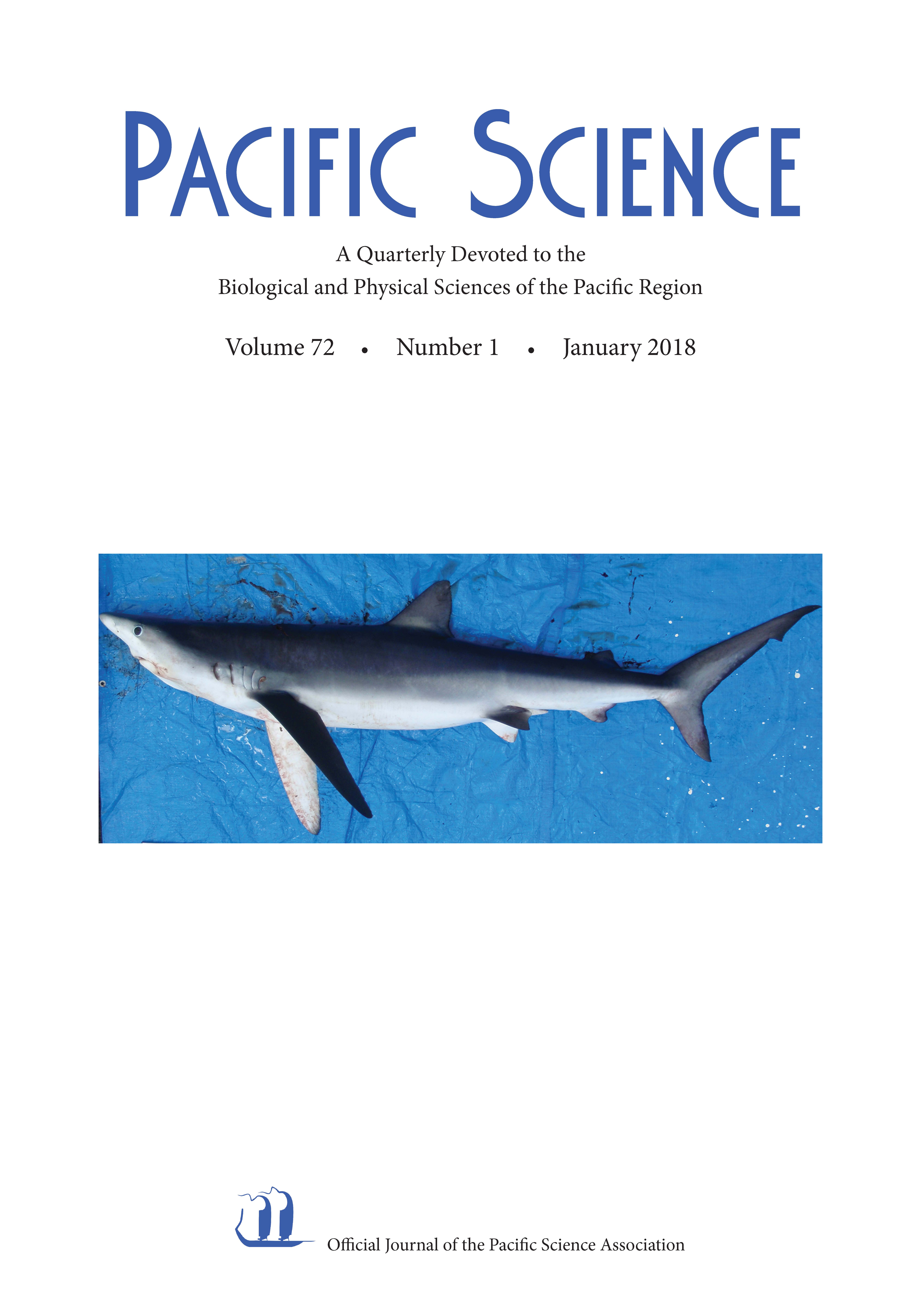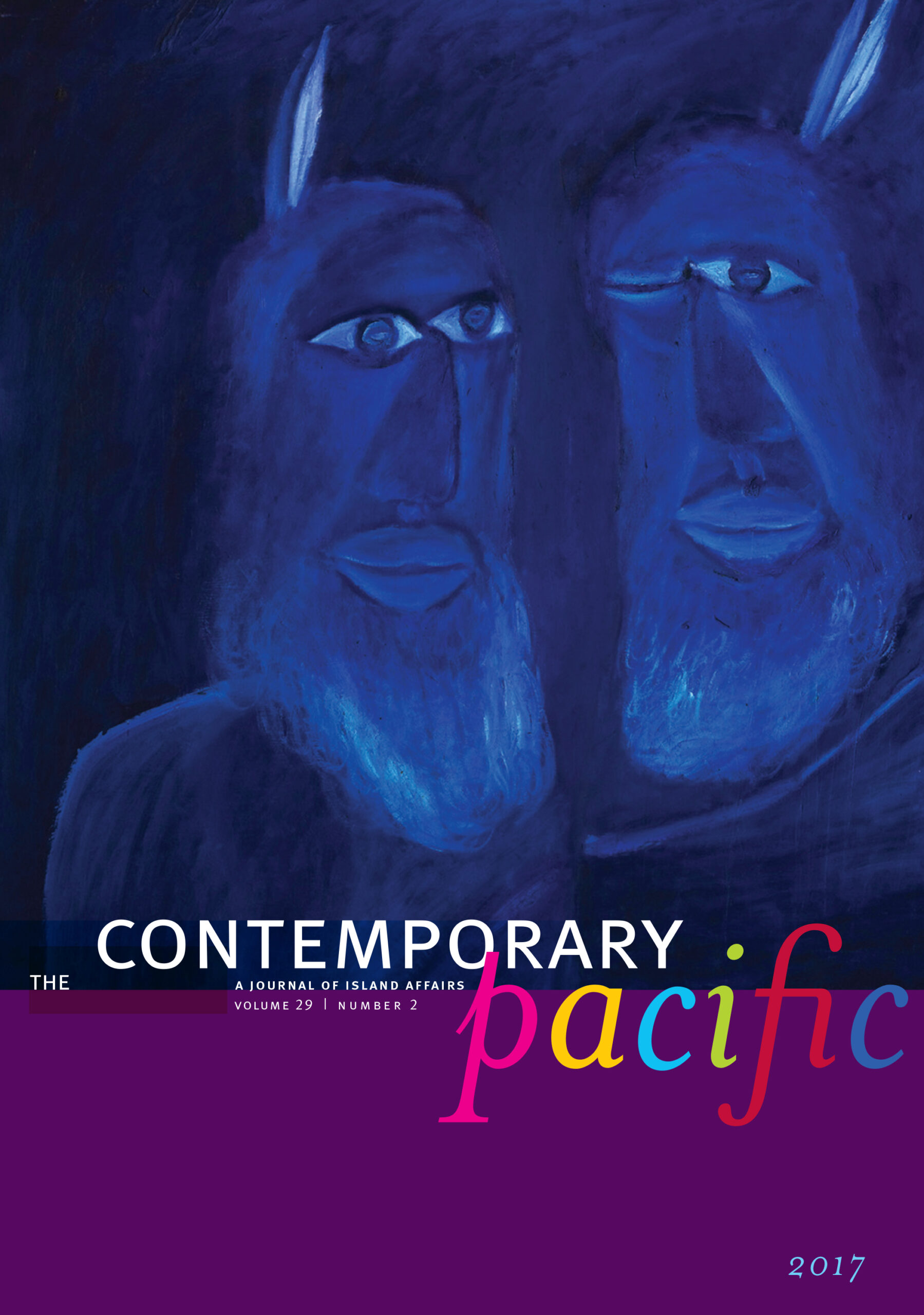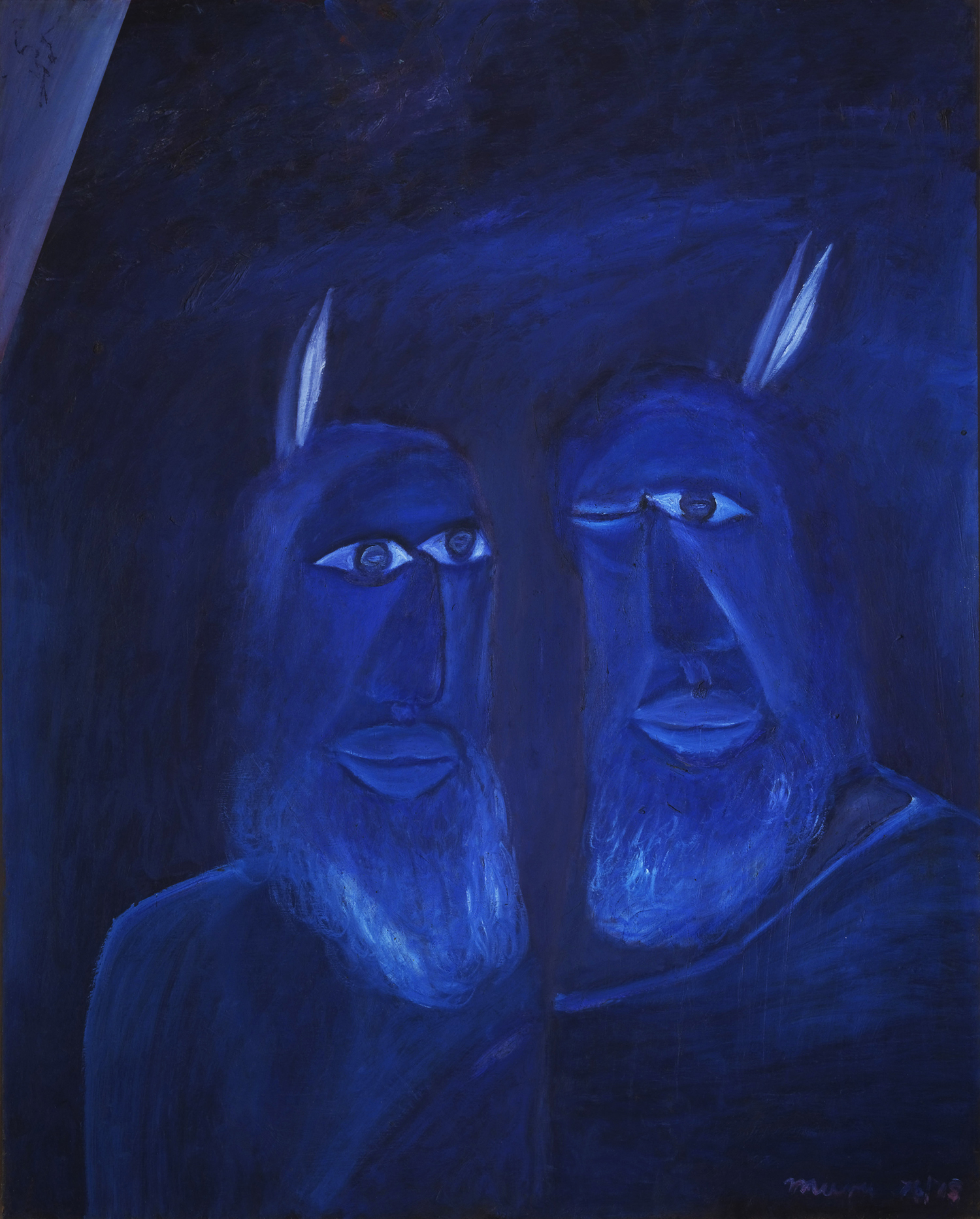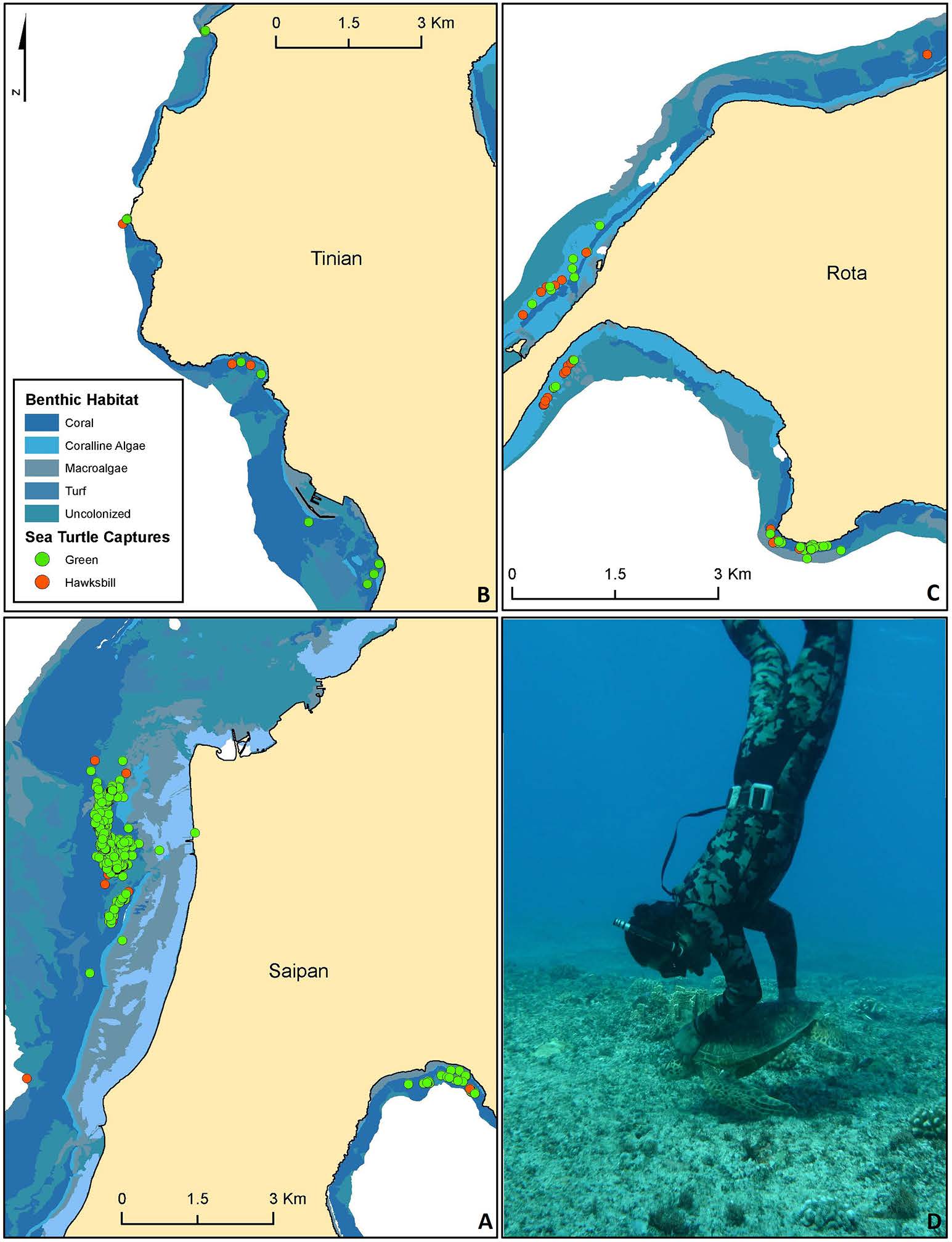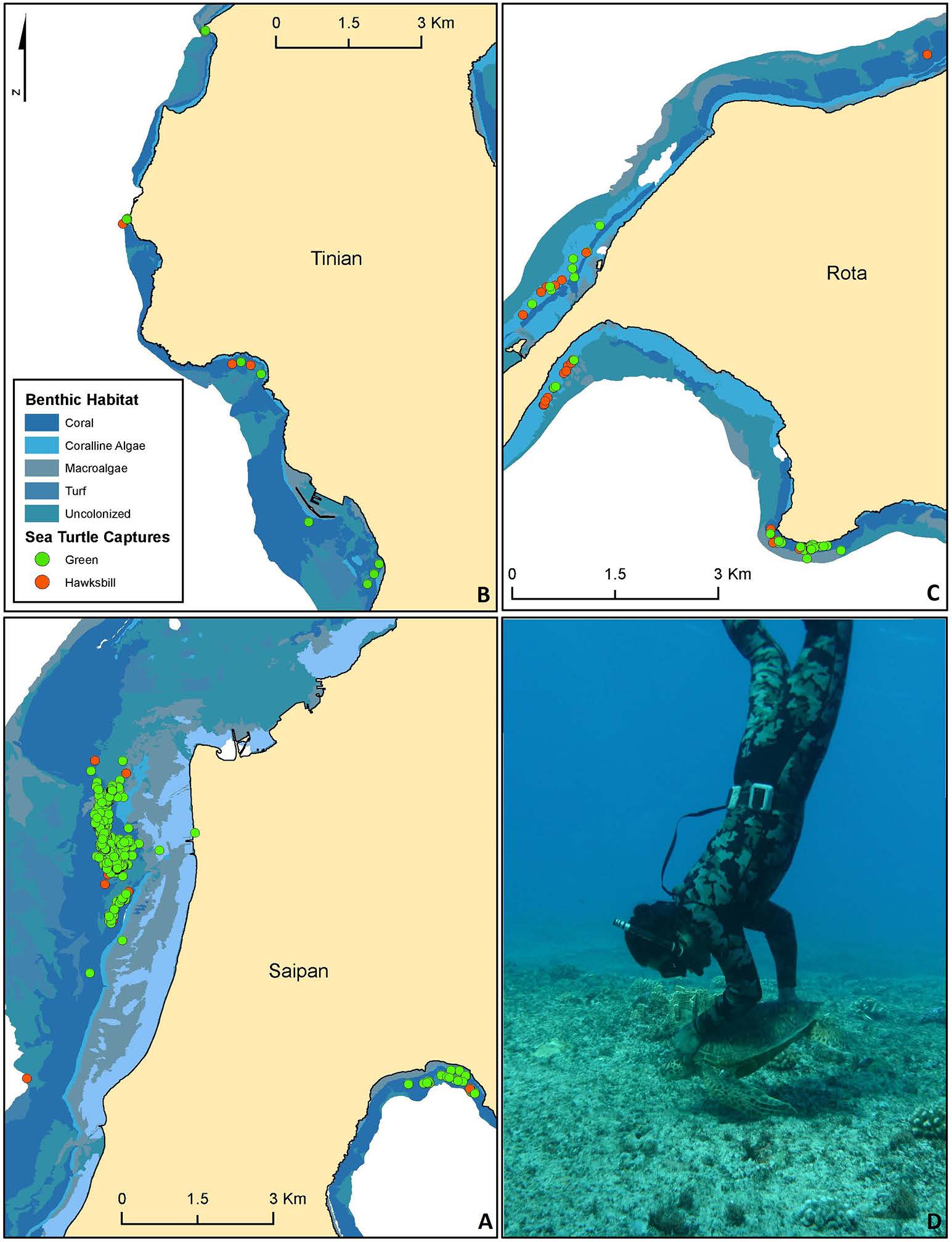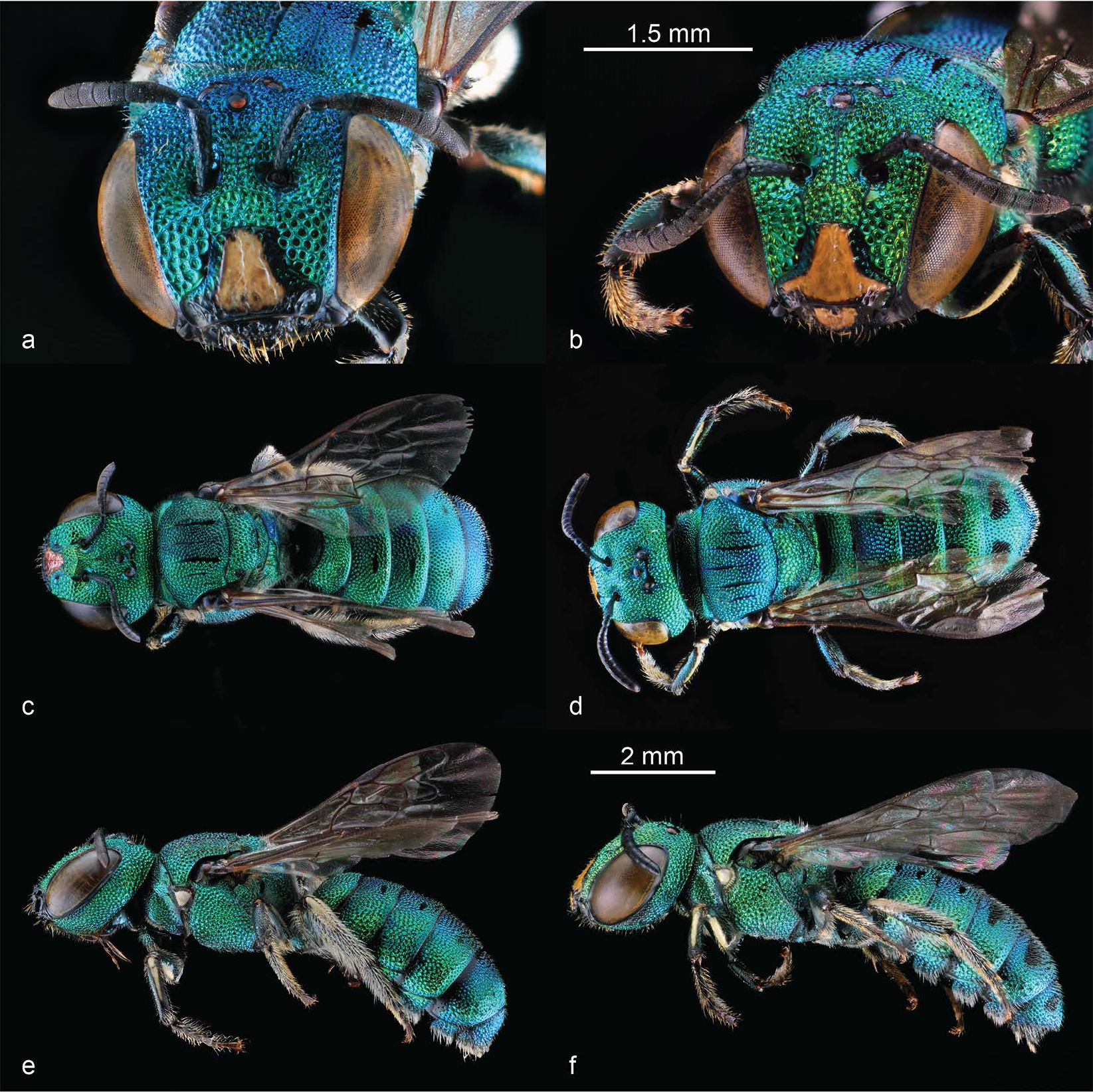Alexander Mawyer‘s passion for Pacific Island studies is contagious, and has led him to a prolific career in Hawai`i and abroad. As a graduate of the University of Hawai`i at Mānoa and the University of Chicago, he has conducted research with the Mangarevan community in the Gambier and Society Islands of French Polynesia. He has also served as coeditor of Varua Tupu: New Writing from French Polynesia and contributed a chapter for the UH Press volume At Home and in the Field: Ethnographic Encounters in Asia and the Pacific Islands. As an associate professor, he has worked on research involving the languages of Eastern Polynesia and sovereignty issues, and has served as co-director of the Biocultural Initiative of the Pacific in Oceania at UH Mānoa. With Mawyer now at the helm as editor upon its 30th anniversary, and with the launch of a new website for the journal, we asked him to share his approach to gleaning and organizing the content for The Contemporary Pacific.
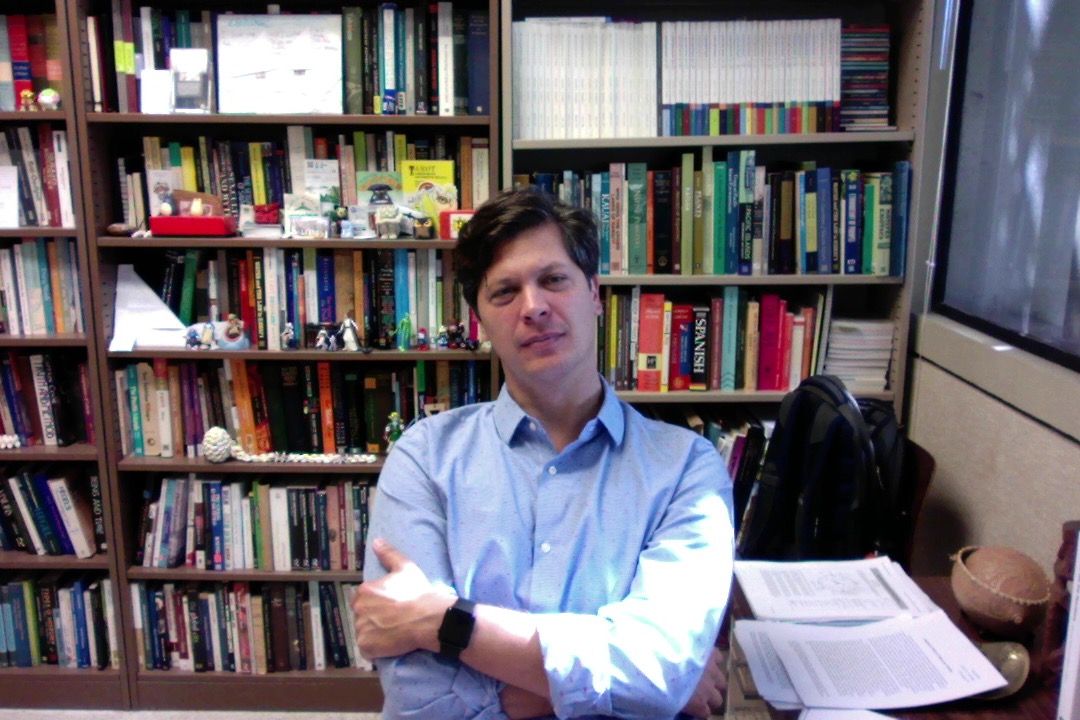
What led you to become an editor in this field?
What a striking question! You make me think of Borges’s garden of forking paths, wherein stories ramify, intersect, cross over and back, and all paths turn out to have many beginnings and few, if any, evident ends . . . still a few thoughts come to mind. In the summer after college, I found myself in Honolulu and, among other things, volunteering as an editorial assistant for MĀNOA: A Pacific Journal of International Writing, which Frank Stewart and Robbie (Robert) Shapard had founded some years earlier.
Looking back, that was a serendipitous moment. Still in its first decade, I happened to be present while MĀNOA was coming into its own with growing national and international recognition. I got to know passionately committed local thinkers and writers such as Mahealani Dudoit, who founded ‘Oiwi: A Native Hawaiian Journal in 1999 and who was very often in MĀNOA’s offices in those years. I was trained as an editorial assistant and later as assistant to the managing editor by the inimitable and formidable Pat Matsueda. Frank, Pat, Mahealani, and others on the staff and around at the time were inspiring for their commitment to the ethical imagination and the transformative potential of the inked page.
At some point during my first months with MĀNOA, Frank asked me to write a review of Vilsoni Hereniko’s then freshly published Woven Gods. Vili, a professor at the Center for Pacific Islands Studies, had just edited an issue of MĀNOA dedicated to Oceanic and Pacific Islander writers and writing. At the time, this literary space was almost entirely out of view for those not themselves seizing the pen in home islands and communities. I suppose my review was not a complete disaster since Frank suggested that Vili would enjoy lunching and chatting about my review. As I discovered, Vili’s scholarly spirit expands to fill whatever space he’s in and, somehow, by the end of that lunch he had more or less talked me into doing an MA in Pacific Islands Studies.
A year later, after my MA, I moved to Chicago for my doctorate and did not imagine (and, I think, could not have imagined) that I would ever have the privilege of serving as the editor of The Contemporary Pacific. I am confident that any number of other more recent experiences could be identified as part of the story-garden for how I came to take on this editorship. But in retrospect, I’m struck by how early career experiences play out over years, by how unexpectedly paths cross and re-cross, and by how the kindness of intellectual and professional mentorship was a planting that continues to flower and bear fruit.
Each issue includes a Political Reviews section. Tell us about the section appearing in vol. 30, no. 1.
Our Political Reviews alternate between issues in which they are devoted to the countries, territories, and states of Polynesia and Micronesia, and issues in which the reviews are devoted to those of Melanesia. The Political Reviews section that includes the reviews of our Melanesian neighbors also includes a single review of the region as a whole over the course of the preceding year. vol. 30, no. 1, features Micronesia in Review: Issues and Events, 1 July 2016 to 30 June 2017 with reviews of the Federated States of Micronesia (by Clement Yow Mulalap), Guam (by Michael Lujan Bevacqua and Elizabeth Ua Ceallaigh Bowman), and the Marshall Islands (by Monica C Labriola), and Polynesia in Review: Issues and Events, 1 July 2016 to 30 June 2017 with reviews of French Polynesia (by Lorenz Gonschor), Hawai‘i (by ‘Umi Perkins), Māori issues (by Margaret Mutu), Norfolk Island (by Chris Nobbs), Pitcairn Island (by Peter Clegg), Rapa Nui (by Forrest Wade Young), and Tonga (by Steven Ratuva).
These reviews are among our most used and cited pieces over many years. There is really nothing like them published elsewhere and their value is non-diminishing in time. Actually, it seems to me that their value is only increasing, given how poor our individual and collective powers of memory are and how, with each subsequent review, year after year, for each Pacific Islands country or territory, this islands’-eye-view of the political ebb and flow becomes ever richer as a record of the volutions and convolutions of local politics.
What have I learned in the most recent issue? Oceanic politics are wonderfully local but islands are, always were, also global, and the butterfly winds disturbing wildflowers in the continental distances are not always soothing breezes when they arrive in Pacific places. Similarly, the stirrings of regional leviathans touch lives within, across, and far beyond Pasifika communities.
TCP also carries its fair share of reviews, from media to books. Do you have any advice for reviewers interested in writing for your journal?
We do! I actually served as reviews editor for a number of years and regularly try to inculcate in my graduate students a sense of the value of the review literature to their present and future scholarly practice. Advice for potential reviewers? If a recent volume (or film or exhibition) with geographical placedness in Oceania emerges for which one feels a sufficiency of expertise to review, please feel free to reach out to suggest the possibility!
We are always looking for new reviewers, especially graduate students for whom reviews are a wonderful way of cutting teeth on the publication process, professionalizing one’s writing craft, and pushing back against the spirit-bruising isolation of the mind with which many scholars are all too familiar.
Beyond that, I’m often struck by how difficult it can be for reviewers to keep in mind the review genre’s trinity-like nature. Impactful, timeless, and productive reviews usually seem to have something of the quality of reflecting the reviewer’s irreducibly individual, personal take on the work, as well as reflecting the way the work is positioned within relevant literatures, within the already-existing conversation around the relevant empirical or conceptual material, as well as reflecting the way the work is positioned with respect to Pacific Studies or to the region.
Great reviews are individual, collective, and worldly and often reflect wildly productive tensions between these different commentary-domains.
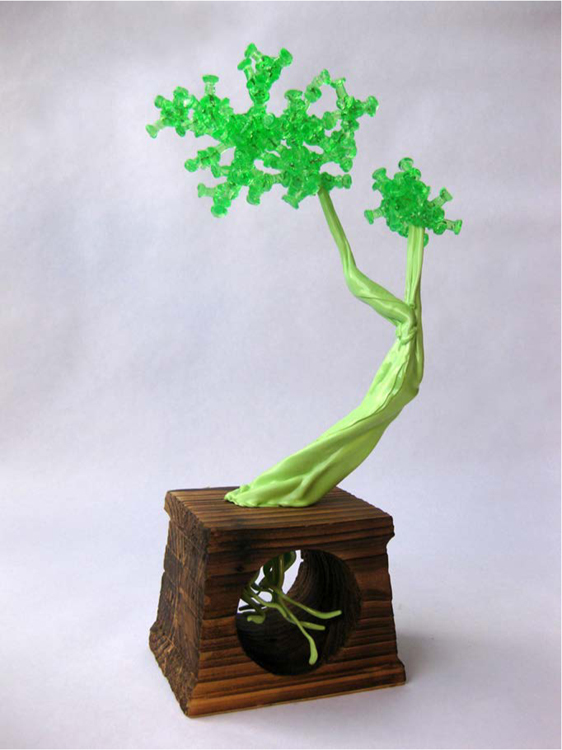
“Homegrown, Green #1,” by Maika’i Tubbs, the featured artist in vol. 30, no. 1. Push pins, plastic plates, forks, wood, 5″ x 11.5″ x 3″. Photo courtesy of the artist. From the issue: “This work is one of a series of miniature trees Tubbs made from office supplies while thinking about the way we may yearn for nature, try to control it, and sometimes force it to dwell in places we do not wish to be.”
The Contemporary Pacific recently introduced a new website. What can readers find there?
Super of you to notice this too! Strangely, we’ve not ever had a website before that was dedicated solely to TCP. In the last six months we have developed an SMS strategy and have a website, Facebook page, and Twitter feed. Our goals were not over-ambitious. We wanted to make it easier for the journal to be perceived as an integral whole, particularly now in our 30th anniversary year! We wanted to promote the visibility of current, future, and recent numbers, as well as issues from deeper in time. We have a classic article of the month, highlight past featured artists, and make it easy to search for particular authors or by keywords. Although it’s only been online for a couple of months so far, we’re already thinking about how the site might further develop, including better tools for potential authors!
Click here to view our new website.
What work are you most proud of since joining The Contemporary Pacific?
I suppose every institution is a bit like Theseus’s ship, in a state of constant self-becoming through renewal. Nevertheless, TCP is in a period of striking transitions. Robert (Bob) Kiste, former director for the Center for Pacific Islands Studies, and who really was the motivating force behind the journal’s founding, recently passed away, as did long-time board member Ben Finney, who was well-known for his role in the vitalization of Polynesian voyaging. Some cherished colleagues who have been key in the journal’s direction and management have recently left the board to take on remarkable new positions, such as Maenette K. P. Ah Nee-Benham, previously Dean of the Hawaiʻinuiākea School of Hawaiian Knowledge and now Chancellor of the University of Hawai‘i—West O‘ahu, while others are anticipating retirement in the coming semesters. So, over most of my tenure as Editor we’ve been working behind the scenes to think about the bones, ligaments, and tendons of the journal—timelines, guidelines, frameworks and scaffolds for the editorial process, supports for authors, and the needs of readers and our regional communities. While perhaps not visible in any recent issues’ pages, all of this work is intended to insure that the journal’s next 30 years have the opportunity to be as rich and impactful as the prior 30. As part of this work, we’ve recently given the journal, and its current and past issues, an online presence. This was wildly overdue! I’m proud of these ongoing initiatives oriented towards the journal’s foundations and imagined futures.
What’s next for The Contemporary Pacific?
Well, the first thing that comes to mind is the old quip that time is a scythe, certainly true for plans and expectations. I hesitate to prognosticate too far into the future. Still, we do have wonderful work lined up for the next several issues. Currently we are well into preparation of a special issue titled Possessing Paradise, guest-edited by Siobhan McDonnell and Kalissa Alexeyeff. Featuring diverse approaches to and examinations of the ways in which ideas of ‘paradise’ are brought to bear on Oceania’s peoples and insular places, we hope the issue (TCP 30:2) will be an impactful return and fresh engagement with this persistent trope.
Further out on the horizon, we have recent submissions on experiences of Oceanic environments and conservation needs, about which I am personally very excited. As I mentioned above, 2018 is TCP’s 30th anniversary year. In fall 2018, we will reach 60 numbers in print! We are looking forward to some sort of celebratory event during that semester and hope many in the community will join us! Please do!
To receive an email when new issues of The Contemporary Pacific publish online, click here to sign up at Project MUSE.
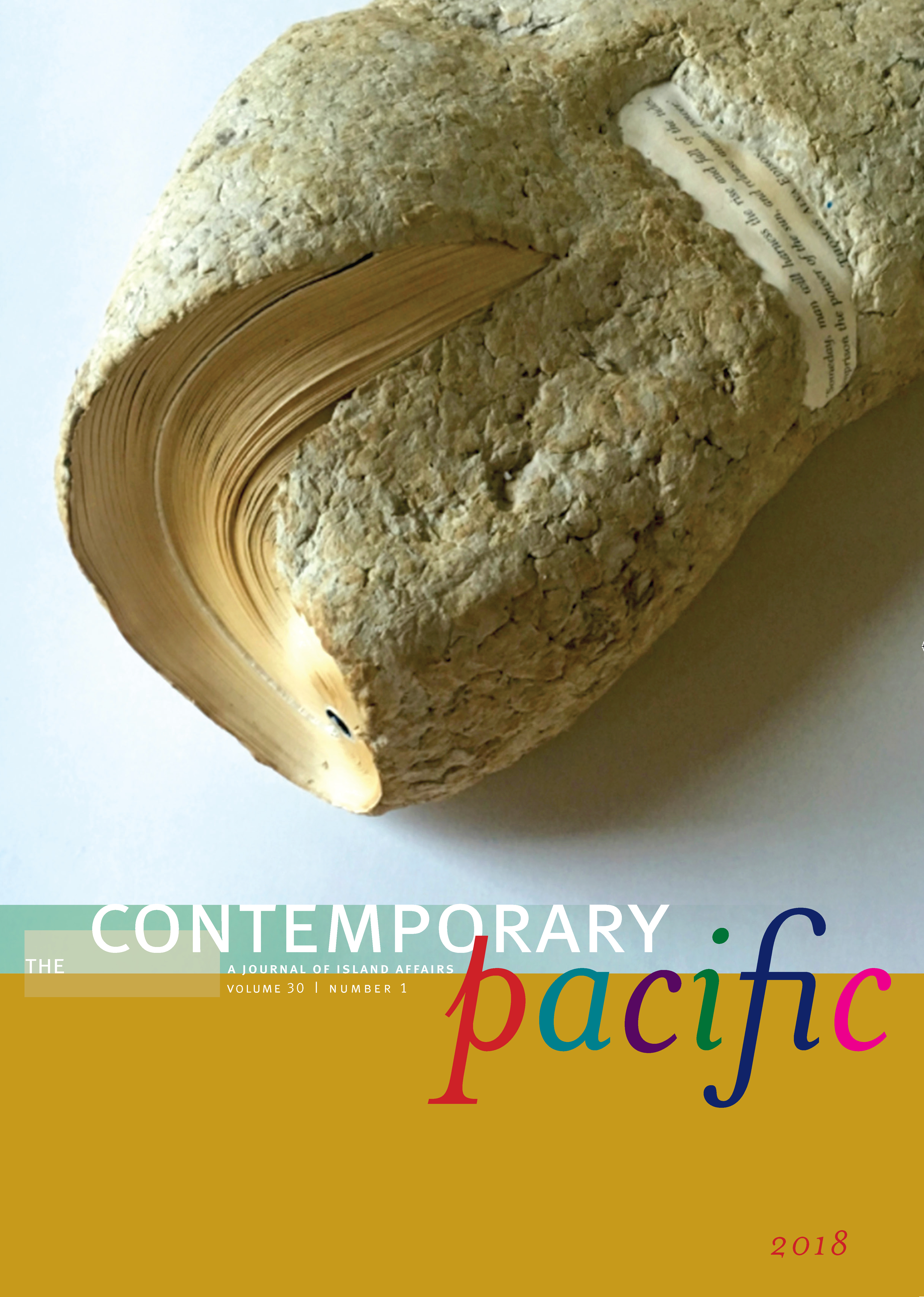 About the Journal
About the Journal
The Contemporary Pacific provides a publication venue for interdisciplinary work in Pacific studies with the aim of providing informed discussion of contemporary issues in the Pacific Islands region.
Subscriptions
Single issue sales and annual subscriptions for both individuals and institutions available here.
Submissions
Submissions must be original works not previously published and not under consideration or scheduled for publication by another publisher. Manuscripts should be 8,000 to 10,000 words, or no more than 40 double-spaced pages, including references. Find submission guidelines here.
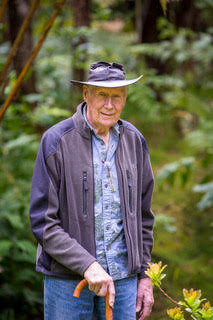
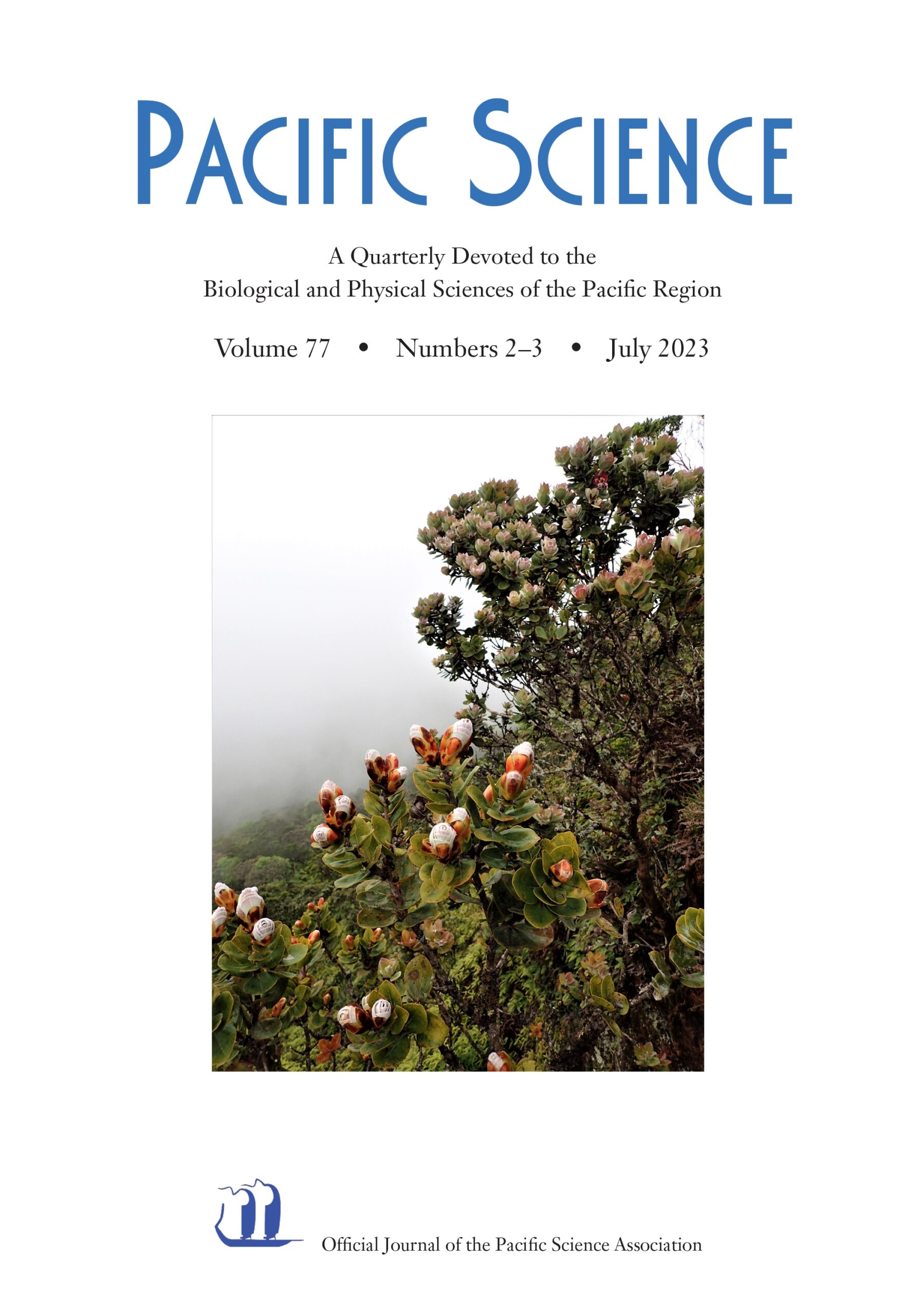








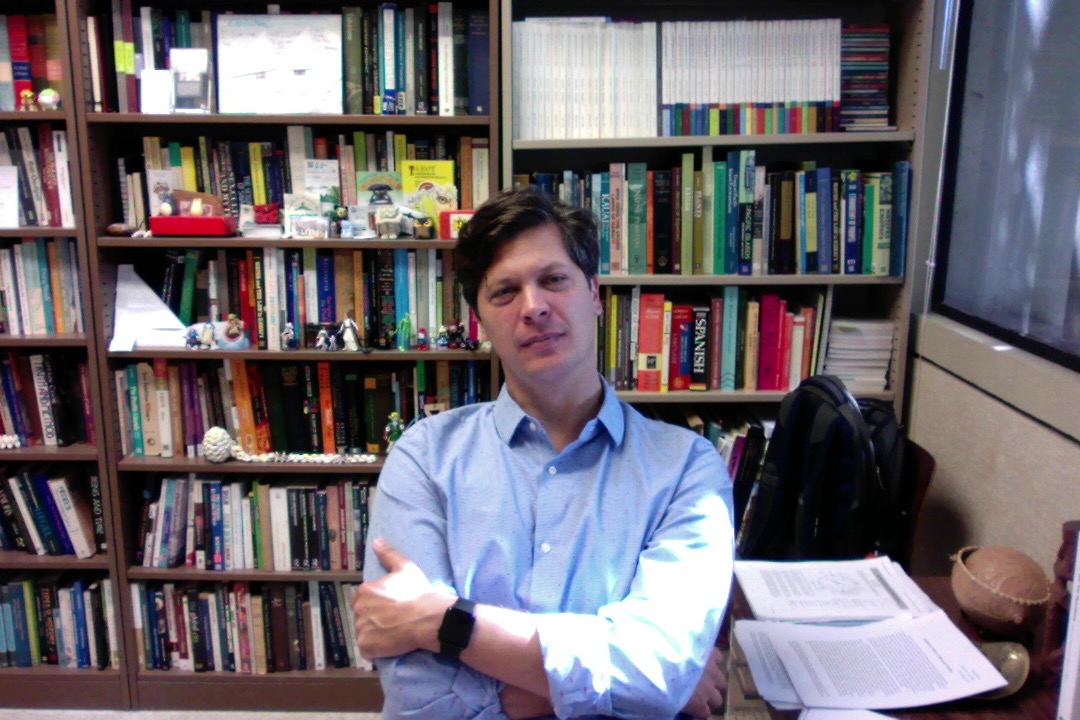


 About the Journal
About the Journal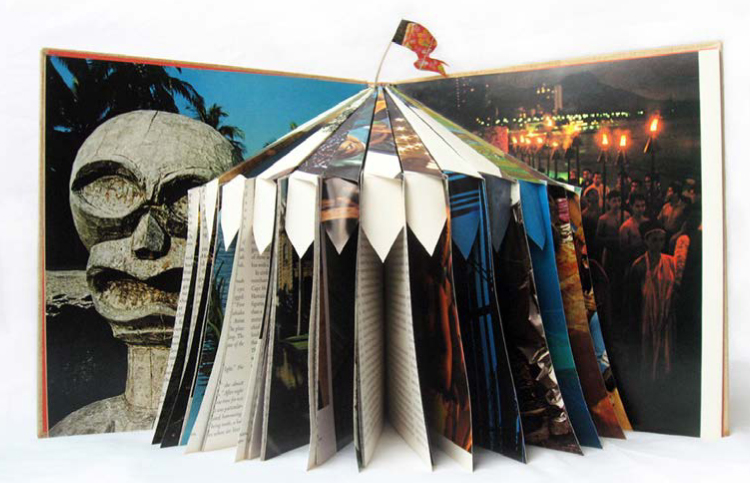

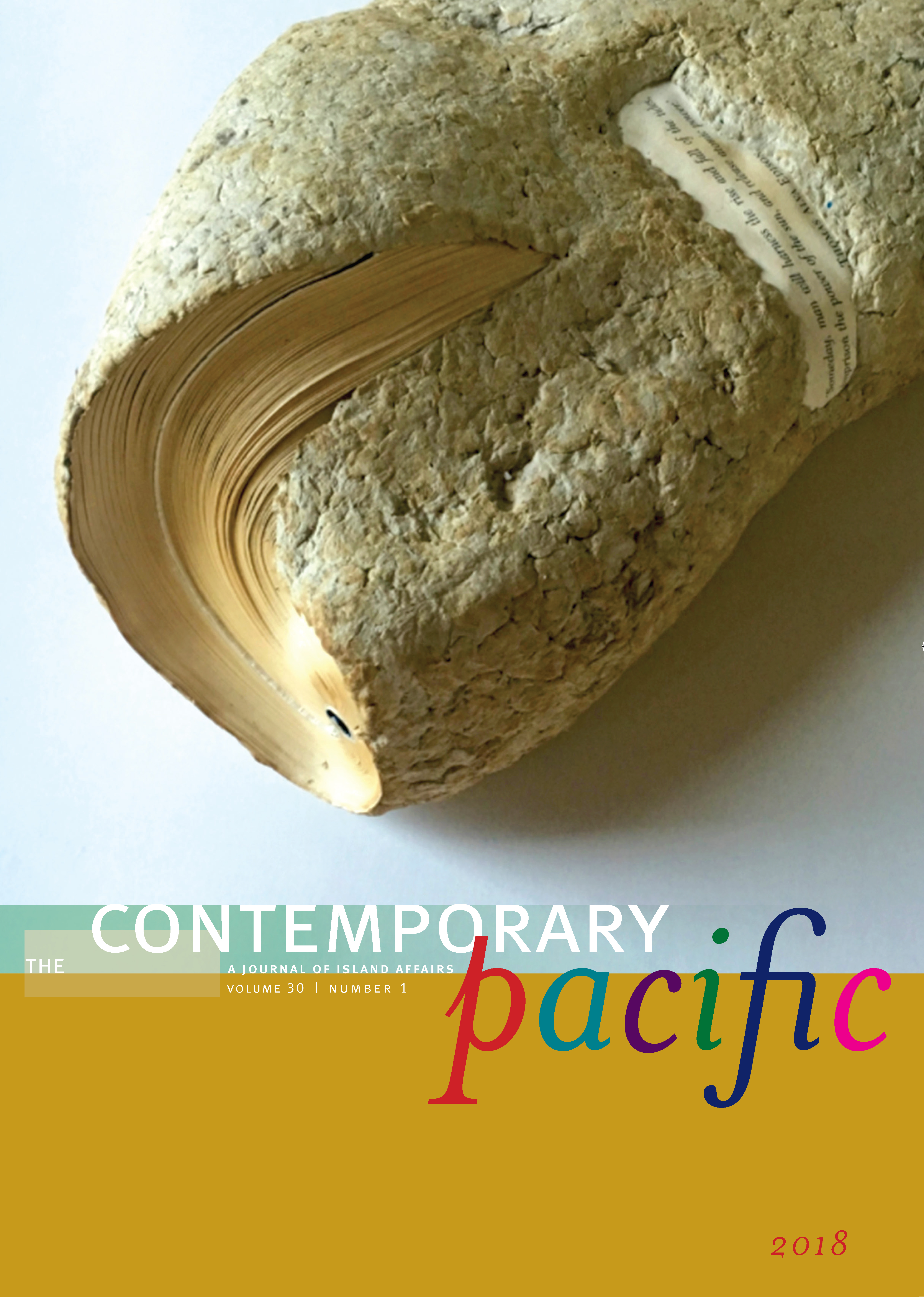 About the Journal
About the Journal